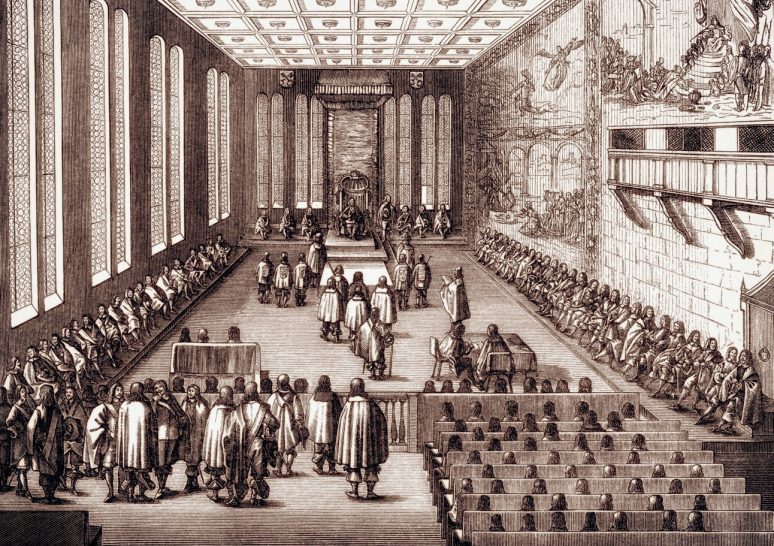
The ‘Rosetta Stone’ is a rather heavy broken lump of hard grey stone, around 112 cm tall. It is a fragment of an Ancient Egyptian granodiorite stela (an inscribed slab) carved with a priestly decree establishing the royal cult of the 13-year-old king, Ptolemy V in 196 BC. It is famous because the decree was written three times in three different scripts: ancient Greek, ancient Egyptian hieroglyphs, and a cursive Egyptian script known as Demotic.
The stone gets its name from the fact that it was discovered on the Mediterranean coast of Egypt at the town of el-Rashid (Rosetta) during Napoleon’s Egyptian campaign in a period of political turmoil in Enlightenment Europe. Since the closure of the last temples in Egypt by the Christian Byzantine empire in the sixth century AD, knowledge of how to read the pagan hieroglyphic script had been lost, and many myths had gathered round this ancient writing system. Scholars could read ancient Greek, and the Rosetta Stone’s three scripts allowed the French scholar Jean-François Champollion (1790–1832) to start to read Egyptian hieroglyphs.
Your organisation does not have access to this article.
Sign up today to give your students the edge they need to achieve their best grades with subject expertise
Subscribe




